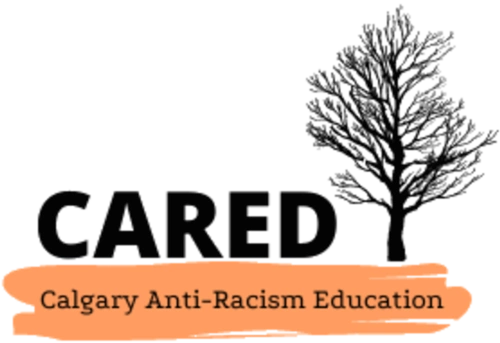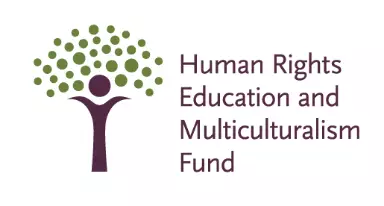
Donate to the Linda McKay-Panos Scholarship Fund

Donate to the Linda McKay-Panos Scholarship Fund


“Anti-racism is the active process of identifying and eliminating racism by changing systems, organizational structures, policies and practices and attitudes, so that power is redistributed and shared equitably” (attributed to NAC International Perspectives: Women and Global Solidarity).
Anti-racism is an active way of seeing and being in the world, in order to transform it. Because racism occurs at all levels and spheres of society and can function to produce and maintain exclusionary “levels” and “spheres,” anti-racism education/activism is necessary in all aspects of society. It does not happen exclusively in the workplace, in the classroom, or in selected aspects of our lives. Anti-racism theory analyzes/critiques racism and how it operates, which provides us with a basis for taking action to dismantle and eliminate it (Henry & Tator, 2006; Kivel, 1996).
Understanding race and racism is rooted in understanding the experience of racialized people. This does not mean simply acknowledging difference or “the other” in a superficial way, which often happens in a multicultural approach with the celebration of difference with song, dance, and food. Understanding racism involves becoming aware of how race and racism affect the lived experience of people of colour and Indigenous people, as well as becoming aware of how we participate, often unknowingly, in racism.
Analyzing or theorizing about racism refers to understanding how racism functions at personal, ideological and institutional levels. Understanding the complex and specific ways that racism operates helps us to develop effective actions to eliminate or address it. Anti-racism not only examines diversity in the context of race and ethnicity, but it also examines the power imbalances between racialized people and non-racialized/white people. These imbalances play out in the form of unearned privileges that white/light-skinned people benefit from and racialized people do not (McIntosh, 1988).
“Anti-racism is the practice of identifying, challenging, and changing the values, structures and behaviours that perpetuate systemic racism” (Ontario Anti-Racism Secretariat).
In sum, a person who practices anti-racism is someone who works to become aware of:
↳ See our Inventories section in Learning Actions and our definition of Whiteness
In the context of secondary and post-secondary institutions, anti-racism practice might look like:
“Once you understand what a racist idea and a racist policy is, you begin to realize there’s a fundamental contrast to that, and that contrast is not some sort of neutrality” (Ibram X. Kendi qtd. in Tucker).
Some people shy away from the term “anti-racism” in describing themselves or their work. They may do so as a result of certain misperceptions or fears. For example, they may perceive the prefix “anti” as focusing on the negative, as something that creates opposition or conflict. For some, the prefix may conjure up images of public protests and violent clashes. While anti-racism does call for and include public protest and vocal opposition, it comprises much more than this as well, including: learning, listening, educating, creating community collaboratively, role-modelling and the refusal to participate/perpetuate racist ideas and behaviours.
Some people may say that they prefer the term “diversity.” However, popular/mainstream understandings of diversity often function to reinforce false notions that there is a level playing field in our society and that there are simply “differences” among those on the field that need to be respected. Without diminishing the fundamental need for respect (as a human right), discourses of diversity often work in favour of maintaining racism and systemic racism because they fail to take into consideration, to analyze and truly critique and oppose imbalances of power among “diverse” individuals and groups. The primary failure of the idea of diversity is that it is premised on the false (and comfortable) idea that equality already exists, as does equal access to the means of communication, participation in the economy, and so on.
Some people may say that the term anti-racism excludes consideration of other forms of oppression at work in society, like discrimination based on gender, sexuality, ability, and class. Our view of anti-racism is inclusive of the analysis of the intersectionality of various forms of power/oppression at work in our society and lives. Our primary focus for social change, nonetheless, is racism, which is complicated (and often reinforced) by other forms of oppression. Because we live in a society that is so resistant to, and uncomfortable with, discussions of racism, we feel it is imperative to maintain this primary focus.
References:




2500 University Drive NW
Calgary, AB T2N 1N4
(403) 220-2505
aclrc@ucalgary.ca